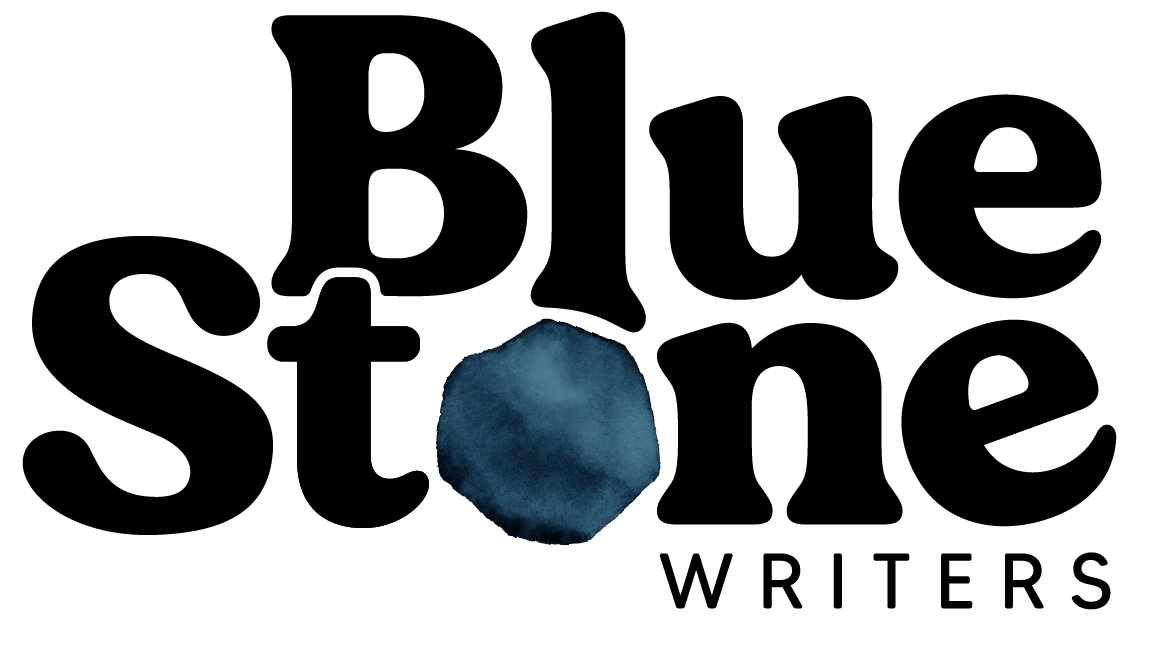In a recent Write NOW session, we encountered questions about originality, authenticity, and carving out space for your story in a sea of similar stories (or seemingly similar stories).
Sometimes I think that it’s actually the small building blocks of a story—and less the major plot twists—that make it its own special snowflake. These are the things that can make a character (or a real-live person) really accessible for us as readers; we’re excited to meet because there is a breath of newness about them.
The theme of story-starters has also come up a lot lately in conversation with other writers—how do we get going? How do we rediscover well-trod landscapes? Let’s see what we can do.
Inanimate objects can contain a lot of life.
Maybe we can make these things more tactile—both the reflection on our own voices, as well as the need for a story catalyst.
Let’s take a tour of our own homes and our character’s world.
I’d like you to gather these objects and have them near you, so they don’t have to be small, but you should be able to place them near you as you write. Or at least two should be small enough to tote elsewhere (to the third, larger object).
Find three objects in your house that represent you—your soul, your essence, your core. Things that you hold dear.
Object one: A kitchen item. This can be a dish, a glass, a teacup, an appliance.
Object two: A piece of art. This can be a painting, a sculpture, fabric art, etc. Not a photograph—that’s too literal. Something made: carved, painted, sculpted, fired, drawn.
Object three: An article of clothing.
Gather the objects and answer these questions for each.:
What is this object’s name? A teacup could be named Miranda; a small statue could be named Orlando. It’s a name you give them; you choose this name. Write for three minutes, describing how you arrived at this name.
How does this object serve or protect you? What is its power? Write for four minutes, describing how this object serves you.
Is this object at home, or does it wish it were somewhere else? Write for four minutes.
Imagine three objects for your character (or an individual in your memoir):
Object one: A tool.
Object two: Something made of paper.
Object three: An article of clothing.
Gather the objects and answer these questions for each.:
What is this tool’s name? You may be making a bit of a leap here in imagining that your character would give this tool a name. Write for three minutes, describing how they arrived at this name.
How does this object serve or protect your character? What is its power? Write for four minutes, describing how this object serves them.
Is this object at home, or does it wish it were somewhere else? Write for four minutes.
Choose one of these objects—either one of yours, or one of your character’s—and write a scene in which this object is the subject of a conversation. One of the characters (or real people) see this object differently from the rest and feel that keenly. Write for fourteen minutes.
BONUS
Ask a friend or fellow writer to find these objects for themselves; share your lists with each other and swap one object for another. Write a new scene in which your character encounters this object, and its presence—or its use—changes their mind about something and forces them to look at their world in a new way.


